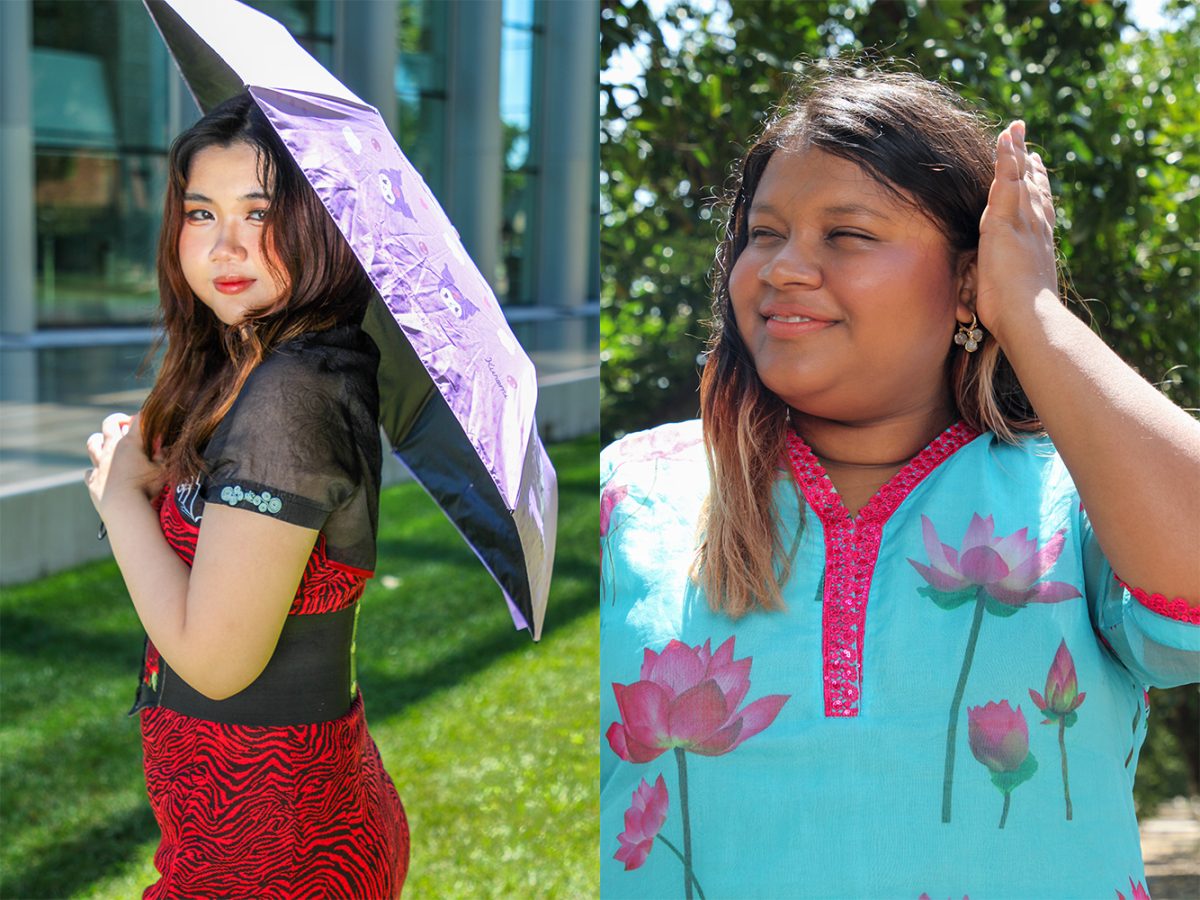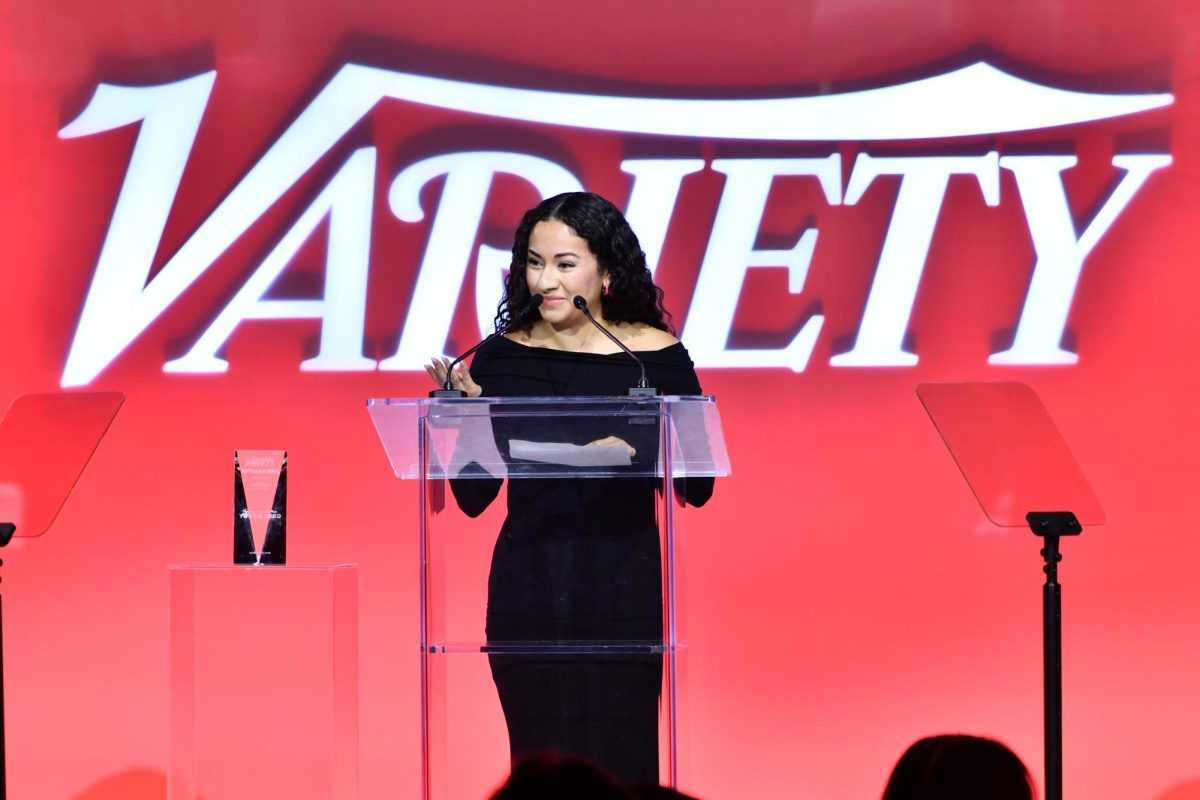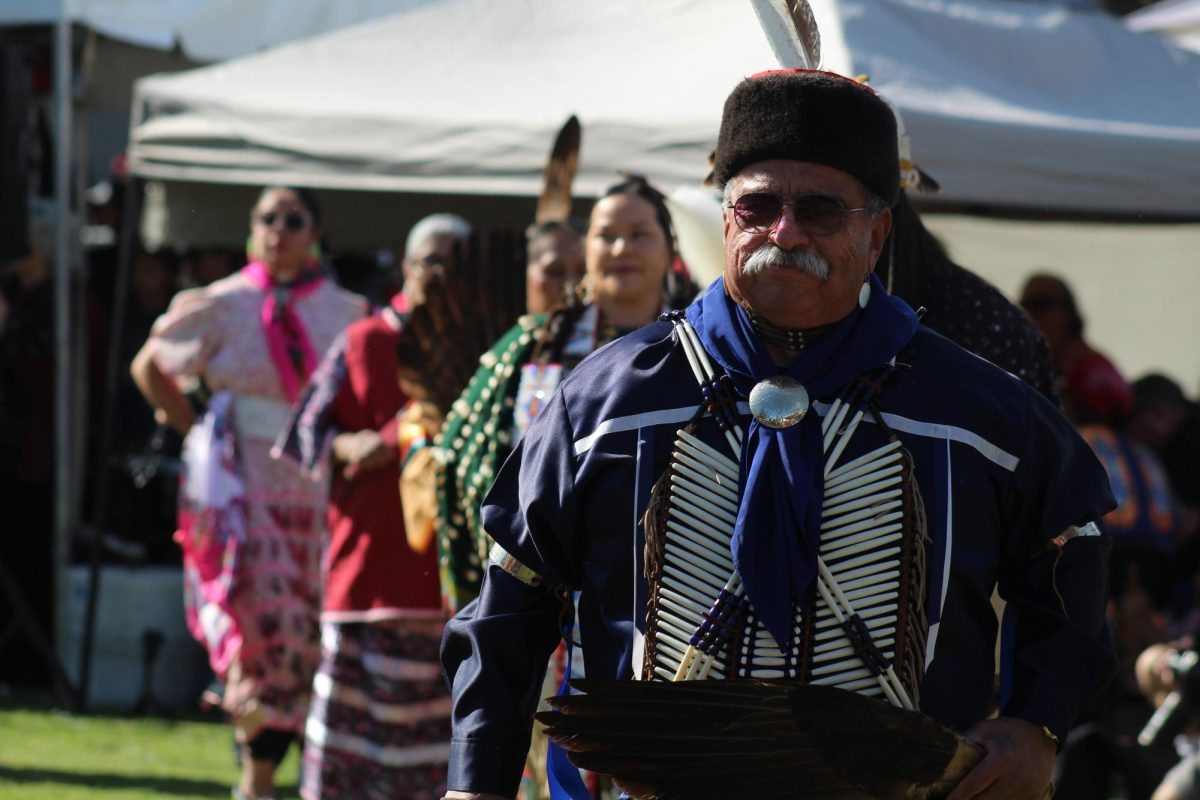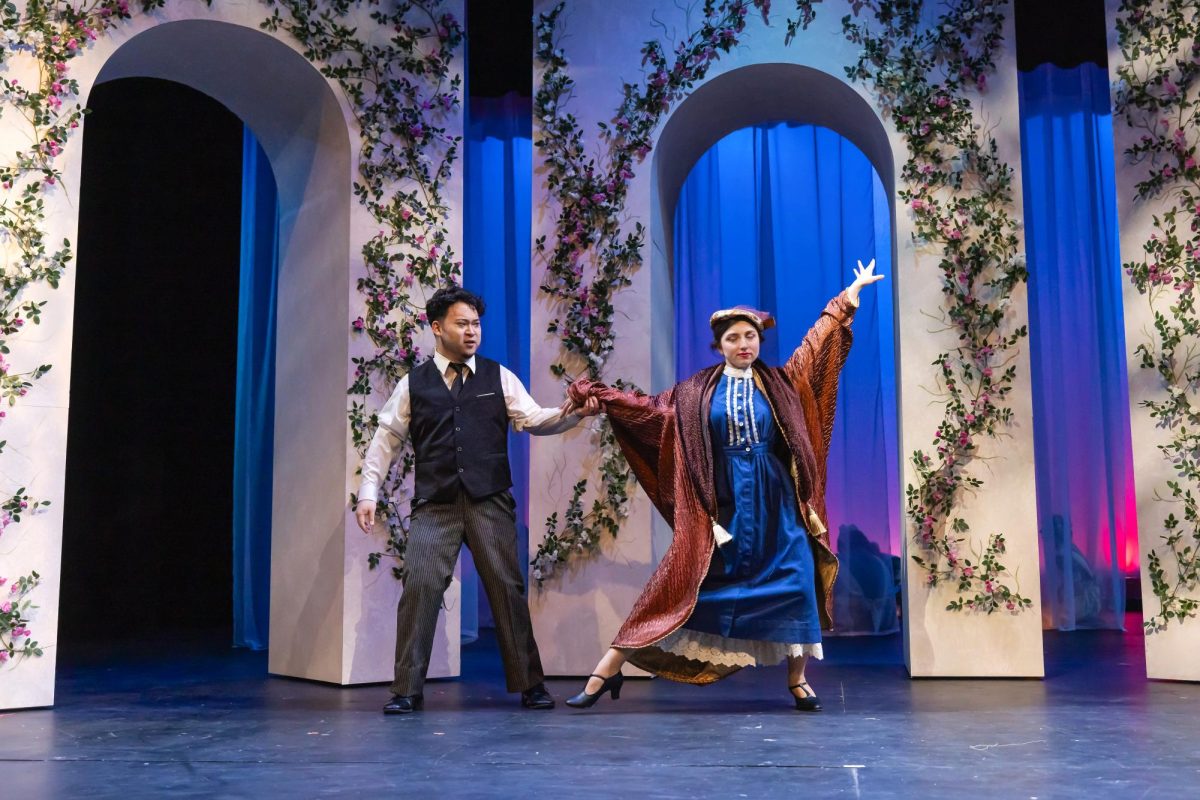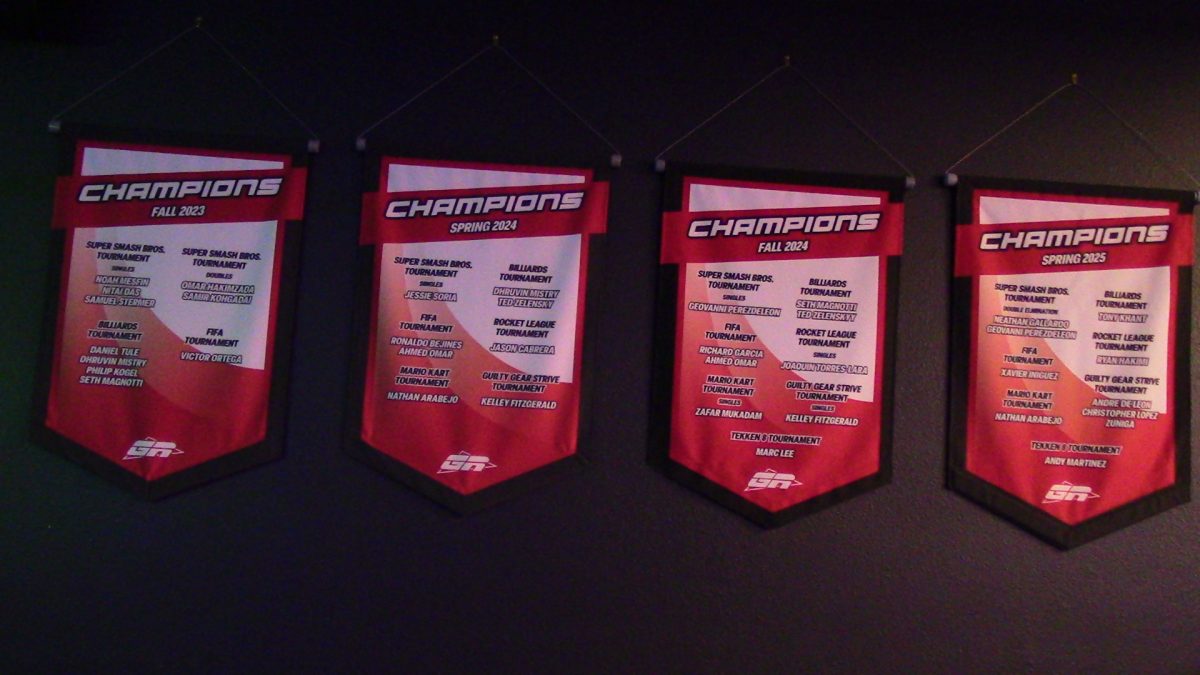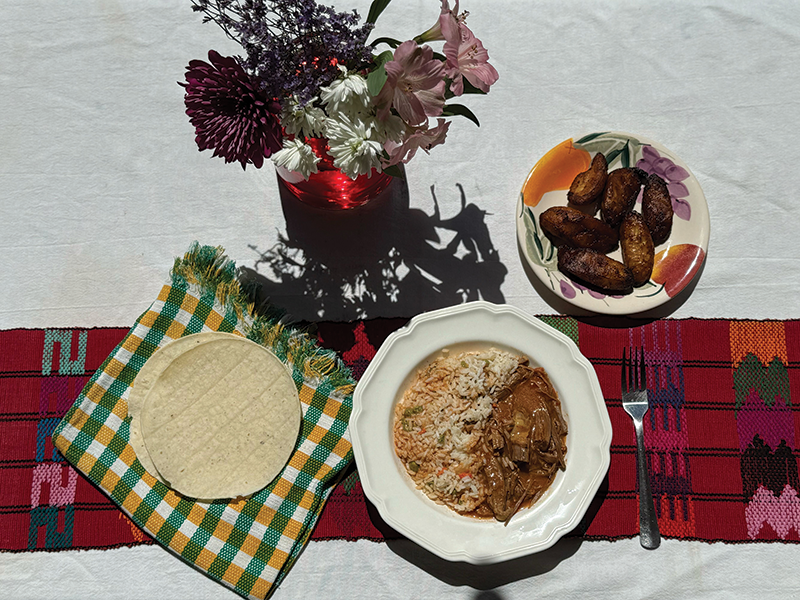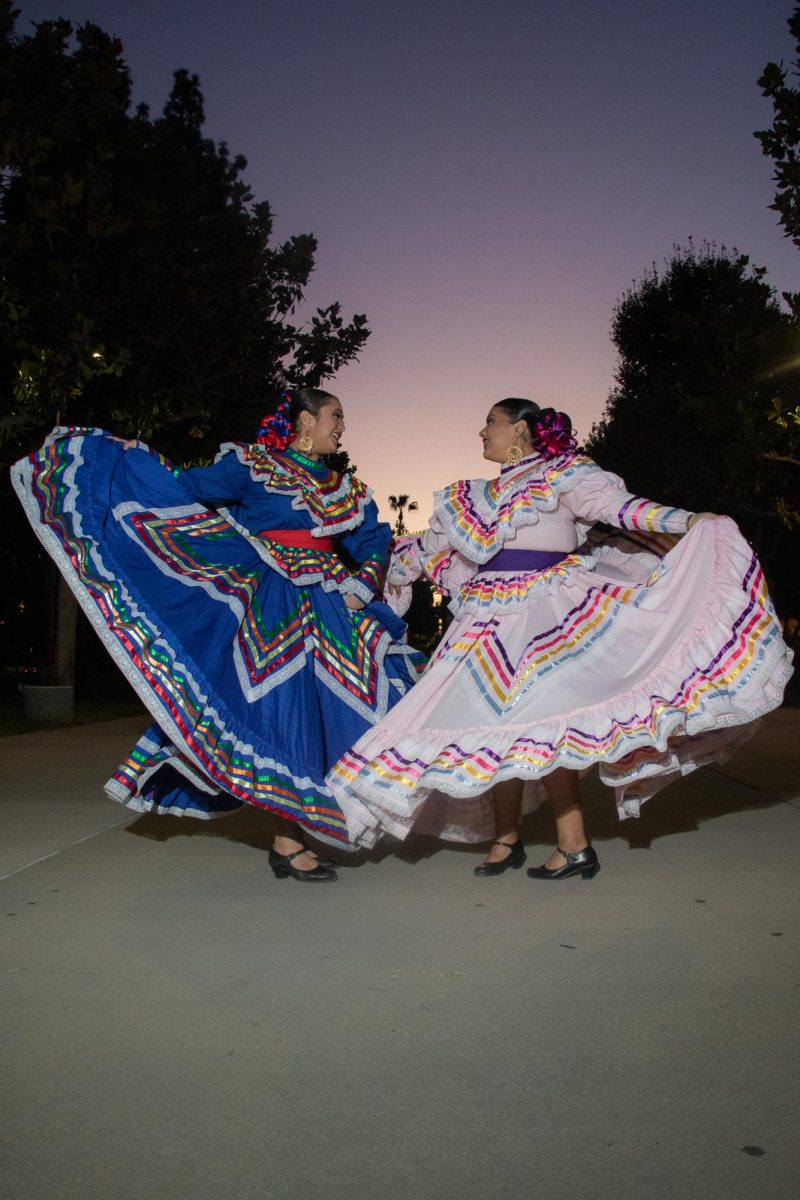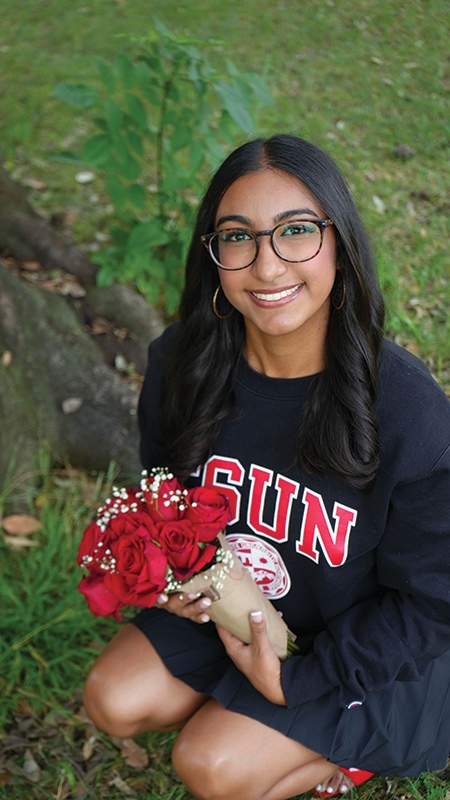International students come to America and bring a piece of their country in the form of their clothes. Some students bring stylistic flair over, while others opt to wear cultural clothing.
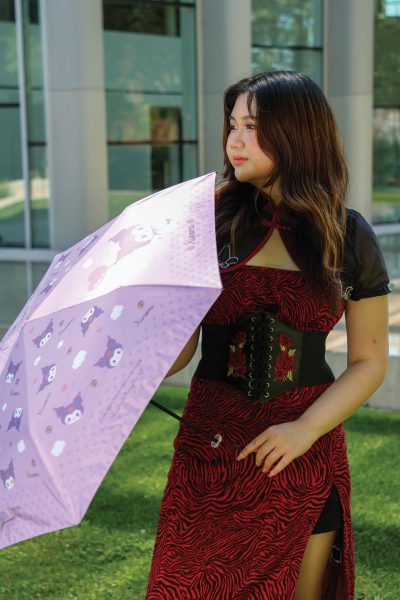
CSUN senior Blue Tan decided to go with the first option. Tan is from Kuala Lumpur, Malaysia, and attended Taylor’s University. There, she saw her peers going all out with their choice of clothes at school.
“I think, especially in our college, people are thinking about comfort and going to class,” Tan said. “Meanwhile, the college I was in back home, people would come dressed up and looking cute. That was the norm there.”
Tan attributes the contrast in effort to the differences in social settings between the two schools. Her school in Malaysia featured a more close-knit campus life which contrasts the commuter culture of CSUN’s campus.
Tan does not conform to the more comfortable style she sees on CSUN students, choosing to go with clothes
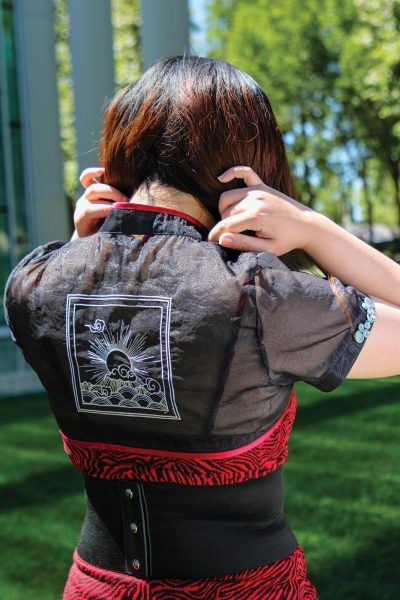
that fit her style. Some of the staples in her closet include plaid skirts and Kuromi shirts.
“I feel like I just wear what’s in my closet. For me, I still want to feel good, so obviously I wear clothing that I like,” Tan said. “Even if it’s not what everyone else is wearing.”
Tan believes American fashion often relies too much on which brands are trending, and outside of campus, there is an emphasis on the cost of an outfit rather than if it looks good together.
The difference in approaches to campus fashion can bring interesting combinations and allow a new sense of expression.
Melita Mehzabin is a junior from Bangladesh. She brings a more culturally-focused outlook with her fashion on campus.
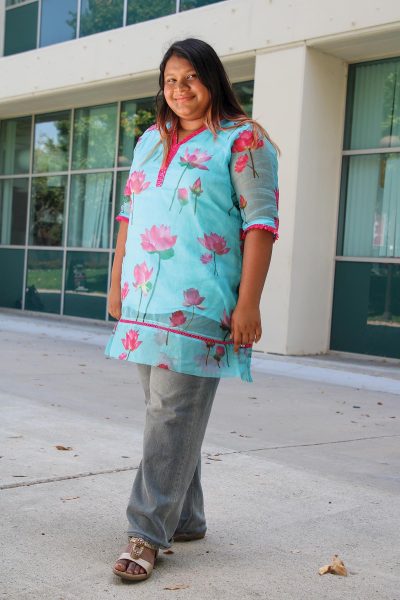
By wearing traditional Bangladeshi clothing, Mehzabin feels more connected to her culture and uses it as a way of showing her Bangladeshi pride. The different patterns, textiles and customization of Bangladeshi clothing allows her to show off the vibrance of her country.
“There is more embroidery and more handcrafted work in the clothing, compared to American clothes, which is mostly cotton clothing,” she stated.
After being at CSUN, Mehzabin has found herself fusing both American fashion and her Bangladeshi clothes.
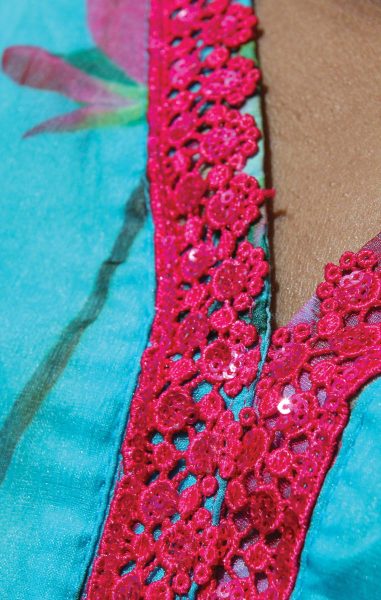
“Sometimes, I make a fusion. There is a certain type of pants to pair with a kameez, but right now I’m wearing it with jeans,” Mehzabin stated. “Since I got here, I have been wearing more comfortable clothes, but from time to time I try to wear jewelry that represents the cultural aspect of my country.”
Mehzabin sees her country’s clothes as representative of her culture’s values.
“To me, my clothes mean practicing modesty in a very vibrant way, in a colorful way,” she stated. “I also think
people in my country are cordial. We tend to be good hosts, love guests, so that’s something I think we represent through the clothing.”
While the two opt for different styles of representing their countries on campus, they both believe that CSUN students, and Californians in general, tend to go for safer choices. Comfort, casual and homogenous were words used by the two to describe the different looks they have seen here.
The meshing of cultures at CSUN is apparent, and being able to see people represent their cultures in different ways gives a different perspective to all students.
